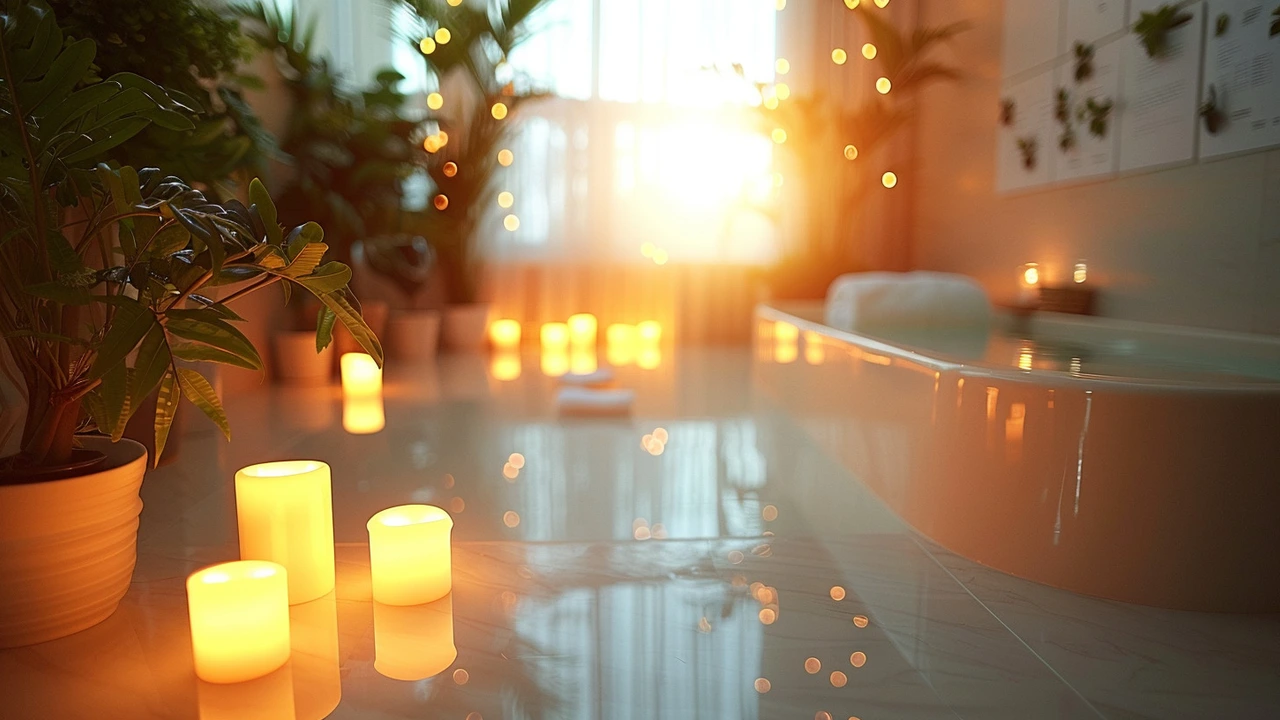
The Foundations of Reflexology: How Does It Work?
Reflexology is an ancient practice with its roots traced back to early civilizations such as Egypt and China. It operates on the principle that specific zones on the feet, hands, and ears are linked to other parts of the body. By applying pressure to these zones, reflexologists believe that they can influence the health of corresponding organs and body systems. This is thought to be possible due to the interconnections facilitated by the nervous system. Practitioners often use maps of these zones to guide their work, ensuring that the right areas are targeted to address specific health concerns.
The practice starts by warming up the recipient’s feet, hands, or ears to increase blood flow. This is followed by applying pressure using thumb, finger, and hand techniques. The pressure points are worked in a specific sequence, which stimulates the body's natural healing processes. The targeted approach is designed to reduce stress, enhance circulation, and promote balance within the body's different systems.
Healing Benefits: What Does the Research Say?
Several studies have delved into the efficacy of reflexology. Research highlights include reduced pain and anxiety in cancer patients, improved quality of sleep, and decreased symptoms of premenstrual syndrome. Some studies have also shown that reflexology can help reduce headache intensity and frequency. However, it's crucial to recognize that while the results are promising, reflexology should not replace conventional medical treatment but rather serve as a complementary therapy.
"Reflexology provides a non-invasive, holistic approach to healing that can significantly alleviate the physical manifestations of stress." - Health Institute
One of the main appeals of reflexology is its ability to induce deep relaxation. The stimulation of nerve endings may release endorphins, the body’s natural painkillers, creating an overall sense of well-being. This is particularly beneficial for those who struggle with stress or chronic pain conditions.
DIY Reflexology: Tips for Safe and Effective Practice at Home
While professional sessions are highly beneficial, incorporating reflexology into your routine can also be accomplished at home with some basic training and tools. First, it's critical to learn the correct techniques and understand reflexology points and zones. Many resources, like books and online tutorials, can provide guidance. Start by practicing on yourself to become familiar with the pressure points. Invest in tools like foot rollers or hand balls if necessary.
Begin each session by soaking your feet in warm water to improve circulation and relax your muscles. Dry your feet, then sit comfortably. Use moderate pressure to stimulate each point; avoid pressing too hard, as this could cause discomfort or pain. Be consistent with your practice; even a few minutes daily can yield health benefits over time.
Advanced Techniques and Recent Developments
Innovation in reflexology continues with the integration of new techniques and research. Combining reflexology with aromatherapy, for instance, enhances the relaxing effects due to the sensory input from essential oils. In recent years, there has been growing interest in how reflexology can aid in recovery processes post-surgery by decreasing pain and improving psychological well-being.
Furthermore, advanced training for reflexologists is emphasizing a more personalized approach, acknowledging that each person’s reflex points can vary slightly. This precision leads to better targeted and more effective sessions, tailored to individual needs.




